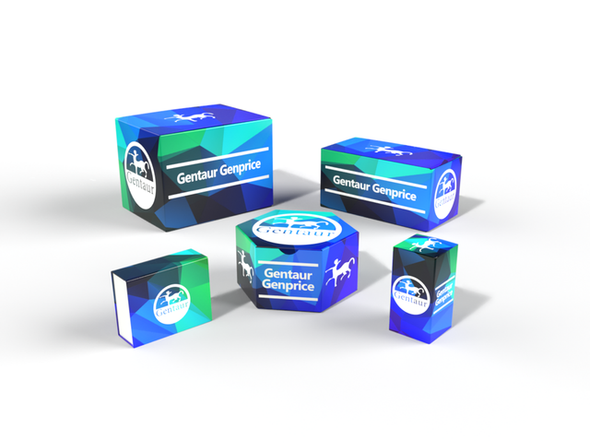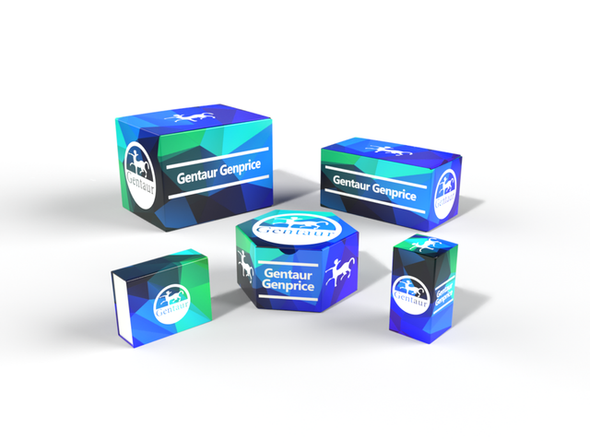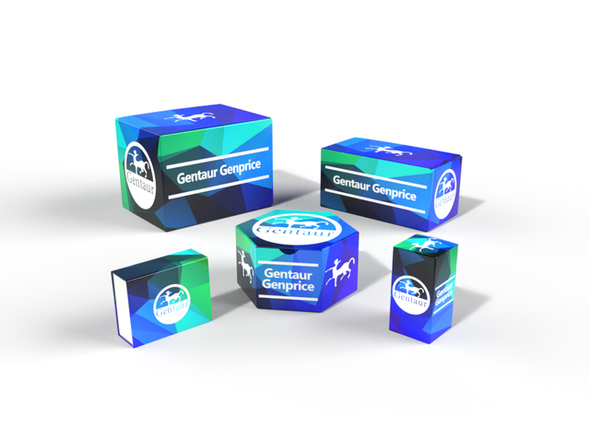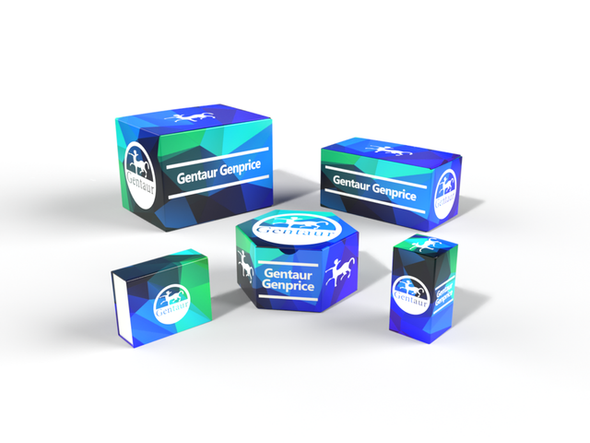451 Recombinant Proteins and Cell culture
Goat anti-Human IgA heavy (alpha chain), F (ab) '2 fragment, HRP conjugated | AS10 746
- SKU:
- 451-AS10 746
- Availability:
- Usually ships in 5 working days
Description
Goat anti-Human IgA heavy (alpha chain), F (ab) '2 fragment, HRP conjugated | AS10 746 | Gentaur UK, US & Europe Distribution
Immunogen: purified human IgA, heavy (alpha chain)
Host: Goat
Conjugation: HRP
Clonality: Polyclonal
Isotype: N/A
Purity: Immunogen affinity purified goat IgG.
Format: Lyophilized
Tested Application: ELISA (ELISA), Immunohistochemistry (IHC), Western blot (WB)
Related Products: antibodies to human immunoglobulins
Recommended Dilutions: The optimal working dilution should be determined by the investigator
Molecular weight: N/A
Confirmed Reactivity: Human IgA heavy chain (alpha) F (ab) '2 fragment
Predicted Reactivity: Human IgA Heavy chain (alpha) F (ab) '2 fragment
Not reactive in: No confirmed exceptions from predicted reactivity are currently known
Additional Information: No reactivity is observed to the light chains or non-immunoglobulin human serum proteins
Background: Goat anti-human IgA heavy (alpha chain) is a secondary antibody conjugated to HRP which binds to human IgA heavy (alpha chain) F (ab) '2 fragments in immunological assays.
Reconstitution: For reconstitution add 0, 55 ml of sterile water
Storage: Store lyophilized material at 2-8°C. For long time storage after reconstitution, dilute the antibody solution with glycerol to a final concentration of 50% glycerol and store as liquid at -20°C, to prevent loss of enzymatic activity. For example, if you have reconstituted 1 mg of antibody in 1, 1 ml of sterile water add 1, 1 ml of glycerol. Such solution will not freeze in -20°C. If you are using a 1:5000 dilution prior to diluting with glycerol, then you would need to use a 1:2500 dilution after adding glycerol. Prepare working dilution prior to use and then discard, Be sure to mix well but without foaming.
TAIR Nnumbre: N/A
Category: N/A
Research Area: Immunoassays, Immunology






